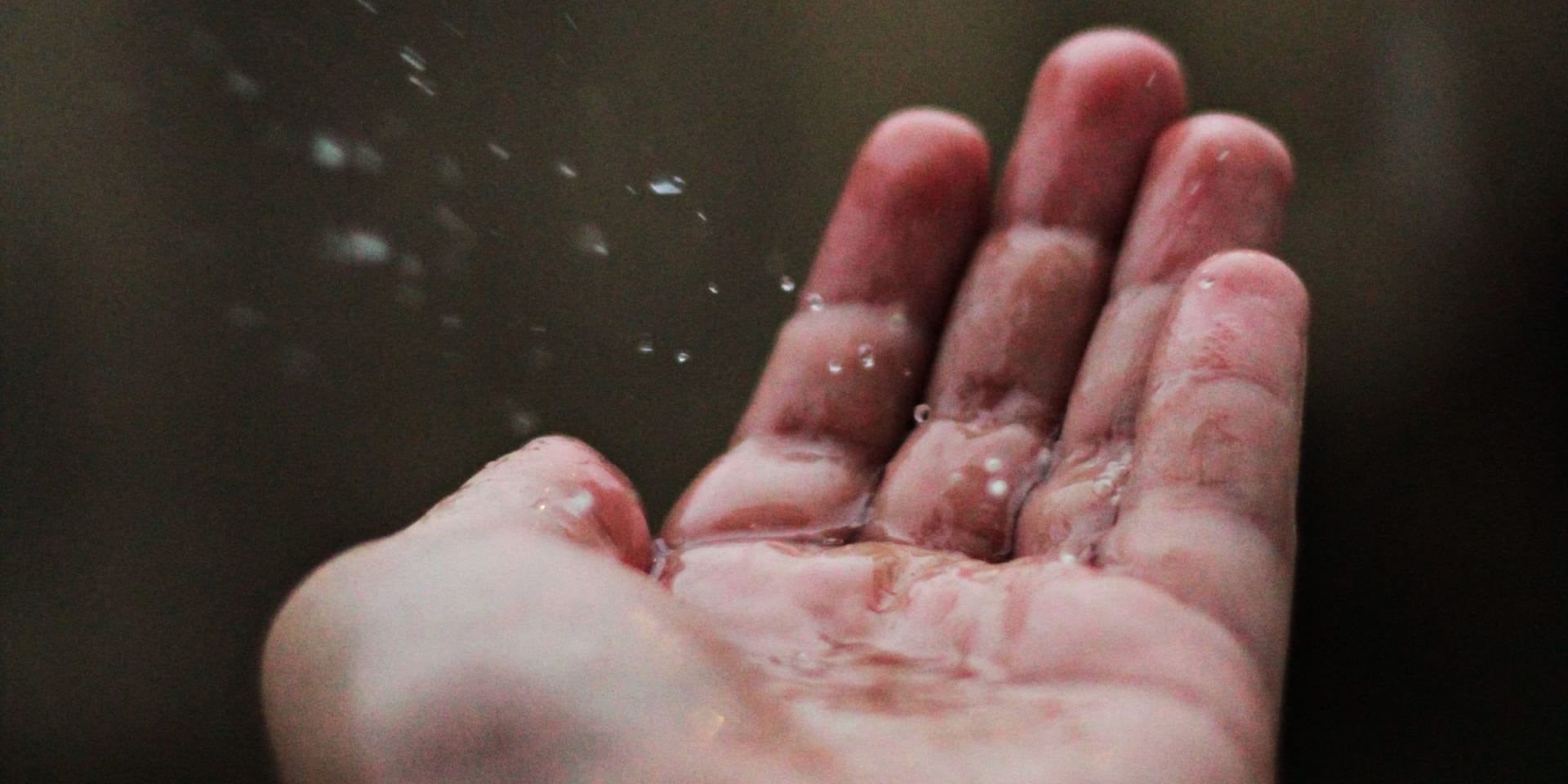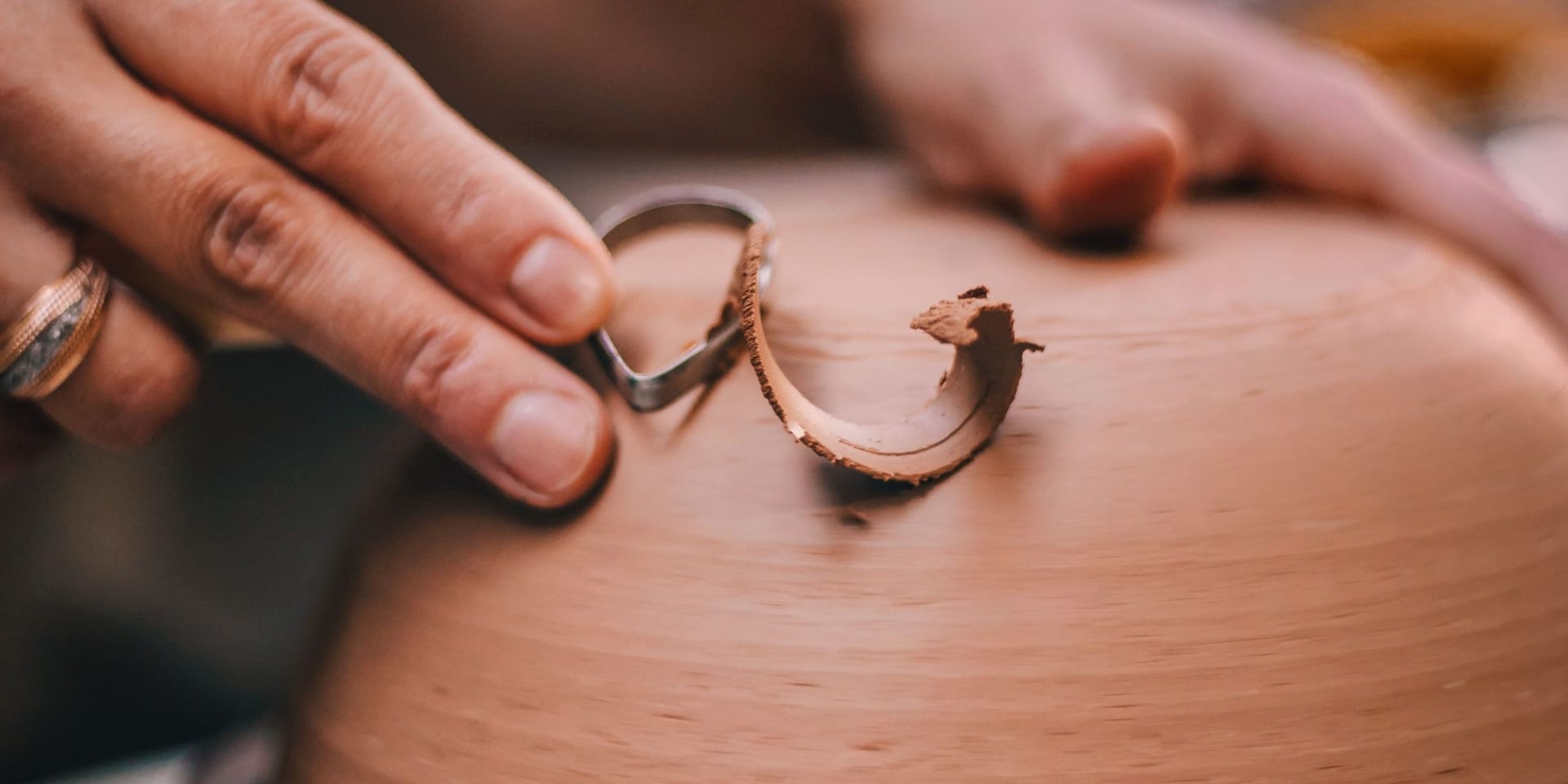What To Burn In A Chiminea And What Not To! (Important Facts)
If you’ve ever bought a chiminea, or are thinking about buying one, then you’ll be interested to know exactly what type of wood is best suited for it. There are numerous different types of wood that can be used in a chiminea, but some burn better than others..
But you might be wondering what fuel to burn in a Chiminea? In this article we are going to talk about exactly that and what not to burn in a Chiminea.
The wood you should burn on a chiminea should be dense and not too dry. The best wood to use on a chiminea is a hardwood such as oak, apple or maple, that burns slowly without smoking.
Woods that burn well on a fire pit include branches, logs, and hardwoods.
A pile of softwoods such as pine will give off too much smoke, while a pile of hardwood will give off very little. Try to avoid burning wet and large wood.
Woods you should never burn on a chiminea include palm trees, eucalyptus, cedar, or any wood with lots of resin on it. Also make sure the wood you use is not infested with termites. Never burn treated lumber either, as these give off toxic fumes when burning.
Here are some of the best woods to burn on a Chiminea:
Best Woods To Burn
Birch
Birch trees are usually found in lowland areas and have shallow root systems. They are small to medium in size that’s why they can easily be cut and made into firewoods. Birch is considered one of the best firewoods in the world, however, they burn easily that’s why you’ll need plenty of them if you’re planning to ignite a fire in your chiminea.
Cherry
Cherry is also one of the most popular firewoods people use in their fireplaces or chimineas. They are able to emit pleasant and non-smokey aroma. Also, they are relatively easy to split and are able to produce medium heat.
Apple
Apple is a firewood desired and sought by many people because of its dense and good coaling properties. On top of that, apple woods are capable of producing a pleasant and sweet smokey aroma together with a lot of heat. Apple trees are also much easier to find and split because they commonly grow in cold areas.
Walnut
Walnut woods are excellent firewoods because of their medium density and easy-to-burn qualities. They are also easy to be found and split, unlike other uncommon trees. Walnut woods are capable of releasing a pleasant aroma that helps people to stay warm and relaxed throughout the winter.
Maple
Maple woods is also one of the best firewoods that people burn in the world. This is mainly because they’re readily available especially in cold countries like the United States and Canada. Maple woods burn long and steady which is why it’s perfect for the winter. They’re also capable of releasing a pleasant and relaxing and aroma. If you like splitting the firewoods that you use, Maple trees can easily be identified because of their colors.
Can You Burn Anything In A Chiminea?
It is possible to burn anything in a chiminea, but it may not always be the best choice. Smaller pieces of wood are best, although if you use something large that burns for a long time, such as a log, it provides the best kindling for the next time you use it.
It is also better if you try to find wood that is quite dry, as wet wood will just smoke and burn away without lighting up the coals very well. If you want your fire to burn brightly with lots of heat, you can use hardwood or a hardwood mix.
But if you want it to last for hours and hours, pine and redwood are very good choices. You can also use sheets of newspaper, cardboard or an old phone book.
If you don’t have any paper, you can tear up a few old pieces of clothing that are too ragged to wear anymore. When burning paper in a chiminea, keep adding more every few minutes until the fire is hot.
What Not To Burn On A Chiminea?
If you’re like most people, you probably enjoy sitting back, firing up your chiminea and grilling some delicious food on a summer’s evening. But did you know that some things are not meant to burn in a chiminea? You could end up damaging either your chiminea or yourself!
Garbage
The burning of garbage in a chiminea can cause a health hazard to the people and the environment. The emissions from the burning of garbage as fuel can create a smog-filled environment. The burning of garbage releases toxic chemicals, such as hydrocarbons, when it is incinerated.
Further emissions include carbon dioxide, sulphur dioxide, nitrogen oxides, ozone, and particulate matter. Emissions from the burning of garbage can also contain particles such as pesticides, dioxins, and phthalates that can be harmful to humans.
The toxicity of the particles increases as they move through the environment. When it rains, these particles can be transported to the home, on the ground, and in the water ways which can harm the people and the environment.
Poison Ivy
There are many people around the world who still believe that burning poison ivy may be effective in alleviating the rash. There is a belief that the smoke that is released will contain a toxin that is irritating or caustic to the oil glands of the rash. Historically, this theory was proven to not be true.
It has been found that burning the plant may release an irritating chemical that is not true oil. It is an irritant and can lead to skin irritation.
Treated Wood
The materials in treated wood, including preservatives, emit hazardous pollutants into the air and contribute to smog. This causes environmental damage and the release of dangerous particles.
The smoke from such items is less dense and has higher amounts of gaseous compounds. When burned in an open fire, they could lead to hazardous emissions which are not only toxic to the environment but also to people living in the neighborhood.
If you have such woods at hand, it’s better not to burn them. Wood that is wet, rotten, smoldering or flammable should not be used for burning.
How Do Chimineas Work?
Basically, a chiminea works the same as an old-fashioned potbelly stove. A potbelly stove is a cast-iron-wood burning stove that also stands upright and has a round middle with a slightly smaller top and bottom. Like any wood-burning fire pit or fireplace, the heat or fire can be controlled using traditional methods.
However, unlike traditional fire pits and fireplaces, chimineas are less open and wide. They are contained and can be controlled relatively easily compared to fire pits. Aromatic woods are the most popular choice when it comes to starting the fire of chimineas. These are cedar, hickory, mesquite, pinion wood, cherry, and many more.
Firstly, about three-quarters of the layer of the chiminea have to be filled up with sand. After successfully igniting the fire in a chiminea, a full burn can be reached within 15 minutes. After that, the chiminea will be able to give off a great deal of heat. Perfect for your outdoor family picnic during the winter, right?
Why Do I Need To Put Sand In Chiminea?
It is important to fill the chiminea with sand at about three-quarters of the way to the top. This is to prevent the fire to directly touch the clay layer of the chiminea or whatever material it’s made of such as metal or stone. Allowing the fire to touch the surface of a chiminea makes it vulnerable to cracks which can likely damage the chiminea severely.
Conclusion
Many people enjoy a chiminea and using it for fire during the winter or even summer time. A chiminea is very easy to use and many people find it a cheap and easy way to enjoy a fire. However, you must keep in mind that while a chiminea is a cheap way to entertain yourself on a cool summer night, it is also very important to know which type of wood or fuel to burn on your chiminea. The wrong types of fuel might damage your chiminea, your health and even the enviromnet.



